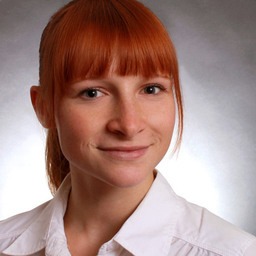Dissertation: The QDAcity-RE-RS Method for Creating Complete, Consistent, and Traceable Requirements Specifications (Dr. Julia Mucha)
Abstract: Resolving issues that arise in a software project becomes more expensive as the project advances. Hence, it is crucial for a requirements engineer to develop a complete, consistent, and traceable requirements specification (RS). To create such a high-quality RS, the requirements engineer must develop a deep understanding of the problem domain. In science, researchers face a similar challenge when building theories. Constructing a theory requires considering all related resources to capture a broad diversity of characteristics. In addition, researchers must document the theory-building process to demonstrate high quality and ensure traceability for other researchers who want to build on the theory. Therefore, researchers developed methods for theory building, from which we draw inspiration for our research.
In this dissertation, we present the development and evaluation of the tool-supported QDAcity-RE-RS method, which utilizes qualitative data analysis (QDA). Thus this method supports the analysis of stakeholder information, such as interview transcripts to create natural language RS.
We followed the design science process proposed by Peffers et al. (2007), which focuses on developing and evaluating an innovative artifact to solve a clearly defined problem. To identify the problem, we performed a systematic literature review (SLR) and conducted an exploratory qualitative survey with 14 RE experts from the industry. Based on the findings, we developed the QDAcity-RE-RS method and implemented its tool-support. To demonstrate the method, we conducted a case study and triangulated it using a focus group session with 38 RE experts from the industry. Subsequently, we evaluated the artifact by using two approaches. Firstly, we evaluated the tool-support using a heuristic evaluation, which uncovered five usability issues and nine additional improvements. Secondly, we evaluated the QDAcity-RE-RS method by performing an evaluatory case study in an industry project. This study reveals that the method supports various activities within the RE process, such as documenting decisions and preparing stakeholder meetings. The RS resulting from the QDAcity-RE-RS method was complete concerning the analyzed stakeholder information but lacked requirements on topics that were not explicitly discussed, such as requirements for the backend. Notably, the RS demonstrated a strong suit in maintaining consistent usage of technical terms, whereas the requirements in the industry project exhibited numerous variations of technical terminology. The pre-RS traceability of the requirements to their origin and thus to decisions was found to be very helpful by the requirements engineer of the industry project, as it facilitates the transfer of information to other requirements engineers.
The resulting tool-supported QDAcity-RE-RS method facilitates the creation of a natural language RS, enables the documentation of the creation process, and thereby realizes pre-RS traceability. By linking requirements to their origin, the method allows for assessing completeness and identifying inconsistencies.
Keywords: Requirements Engineering, QDAcity
Reference: Mucha, J. (2023). The QDAcity-RE-RS Method for Creating Complete, Consistent, and Traceable Requirements Specifications. Friedrich-Alexander-Universität Erlangen-Nürnberg.
Committee: Dirk Riehle (1st reader, Univ. Erlangen), Barbara Paech (2nd reader, Univ. Heidelberg), Nicole Kimmelmann (committee member, Univ. Erlangen), Richard Lenz (chair, Univ. Erlangen).
PDF: Dissertation

